ROOT PACKAGE INFO
| Name | SuperSU |
| Warranty | Void Warranty. |
| Stability | Stable Without Any Issues |
| Root Manager App | SuperSU. It manages root permissions for apps on the device. |
| Credits | Chainfire |
WARNING!
Warranty may be void of your device if you follow the procedures given on this page.
You only are responsible for your device. We won’t be liable if any damage occurs to your device and/or its components.
GUIDE: ROOT SAMSUNG GALAXY MEGA 6.3 GT-I9200 WITH SUPERSU APP
Before you begin with guide instructions below, make sure your android device is adequately charged — at least 50% battery of the device.
STEP 0: CHECK DEVICE MODEL NO.
To make sure your device is eligible with this, you must first confirm its model no. in ‘About device’ option under Settings. Another way to confirm model no. is by looking for it on the packaging box of your device. It must be GT-I9200!
Do not use the procedures discussed here on any other Galaxy Mega variants or any other device of Samsung or any other company. You have been warned!
STEP 1: BACKUP YOUR DEVICE
Back up important data and stuff before you start playing around here as there are chances you might lose your apps and app-data (app settings, game progress, etc.), and in rare case, files on the internal memory, too.
For help on Backup and Restore, check out our exclusive page on that linked right below.
► ANDROID BACK UP AND RESTORE GUIDE: APPS AND TIPS
STEP 2: INSTALL THE LATEST CWM/TWRP RECOVERY
We’ll be flashing the SuperSU root manager app to your device using a custom recovery, so make sure you’ve a working installation of either CWM or TWRP recovery on your device.
We would suggest you to download and install the PhilZ Touch Recovery (link below) which is based on CWM recovery only, but is more advanced and user friendly.
Philz Touch Advanced CWM Recovery for Galaxy Mega 6.3 GT-I9200 »
STEP 3: INSTALLATION INSTRUCTIONS
DOWNLOADS
Download the file given below and transfer it to a separate folder on your phone and remember the location.
ROOT FILE
DOWNLOAD LINK (Size: 1.14 MB)
Be sure to transfer the ROOT file you downloaded above to your device and remember the location of the files. You will need to flash it now on your device using either of ClockworkMod (CWM) or TWRP recovery.
We’ve got separate guide for Philz CWM Recovery, so use the guide relevant to the recovery you have installed on your device.
GUIDE FOR PHILZ CWM RECOVERY USERS
Example video: If you haven’t used Philz CWM Recovery before to install a .zip file of a ROM or anything else, then we suggest you first watch a video of that to get familiar with the process. Click here to watch the video.
- Boot into recovery mode. If you’re rooted, the easiest way to boot into recovery mode would be using the QuickBoot app. If not rooted, then follow the instructions below:
- Power off your device
- Press the Volume Up + Home + Power button together until your device shows Samsung logo.
- Its a touch screen based recovery, So directly press whatever option you want to select.
- Create a Nandroid Backup from recovery. It’s optional but very important to do, so that in case something goes wrong you can restore to current status easily. For making a Nandroid Backup, go to Backup And Restore » Backup.
- Perform a full clean-up of the device (Its also optional but recommended to start fresh. This will delete all apps and their settings and game progress). For this:
- Select Wipe data/Factory reset, then select Yes on the next screen to confirm factory reset (screenshot).
- Select Wipe Cache Partition, then select Yes on the next screen to confirm wiping cache.
- First Install the ROOT file:
- Select Install zip » Choose zip from sdcard (or external sdcard, you know where your files are) » browse to the location where you saved the file and select the ROOT file.
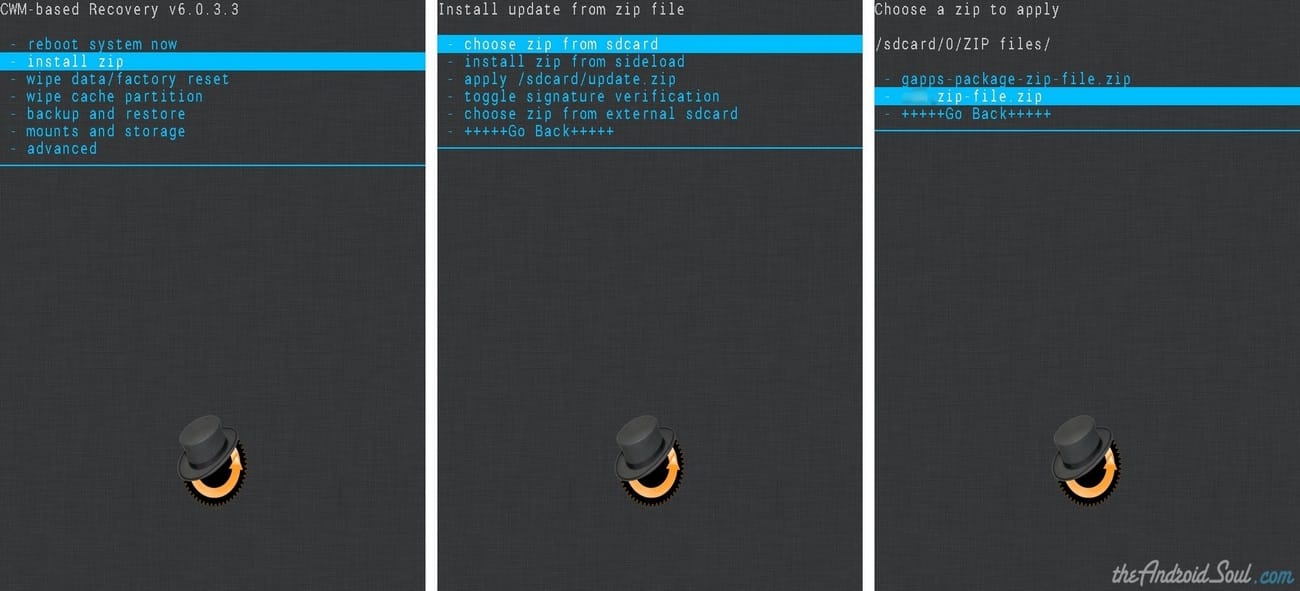
- Select Install zip » Choose zip from sdcard (or external sdcard, you know where your files are) » browse to the location where you saved the file and select the ROOT file.
- Reboot your device. For this, go back to the main menu of recovery and select reboot system now.
That’s all. Your phone will now reboot and it will take some time as it’ll be phone’s first boot after installing the root, be extremely excited for this!
Note: In case your device gets bootloop (stuck at logo while rebooting), just do a factory reset (step 3) and you will be fine.
GUIDE FOR TWRP RECOVERY USERS
- Boot into recovery mode. If you’re rooted, the easiest way to boot into recovery mode would be using the QuickBoot app. If not rooted, then follow the instructions below:
- Power off your device
- Press the Volume Up +Home + Power button together until your device shows Samsung logo.
- Its a touch screen based recovery, So directly press whatever option you want to select
- Create a Nandroid Backup from recovery. It’s optional but very important to do, so that in case something goes wrong you can restore to current status easily. For making a Nandroid Backup, go to Backup » and select all check boxes and swipe on the Swipe to confirm option at the bottom of the screen to confirm backup.
- Perform a Factory Reset (Its also optional but recommended to start fresh. This will delete all apps and their settings and game progress). For this:
- Tap on Wipe » then at the bottom of the screen do a Swipe on the ‘Swipe to factory reset‘ option (screenshot).
- First Install the ROOT file:
- Tap on Install » browse to the location where you saved the files and tap on the ROOT file. Now at the bottom of the screen, do a swipe on the Swipe to confirm flash option to begin flashing.
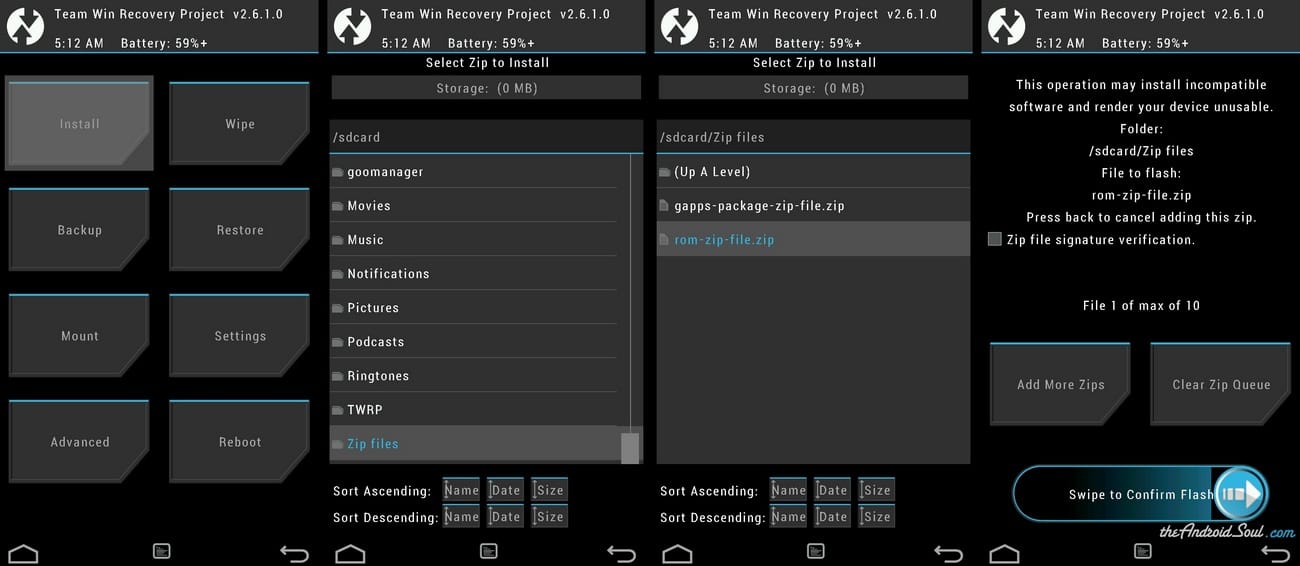
- Tap on Install » browse to the location where you saved the files and tap on the ROOT file. Now at the bottom of the screen, do a swipe on the Swipe to confirm flash option to begin flashing.
- Reboot your device. Go back to the main menu of recovery and tap on Reboot » then, tap on System to reboot your phone.
That’s all. Your phone will now reboot and it will take some time as it’ll be phone’s first boot after installing the root, be extremely excited for this!
Note: In case your device gets bootloop (stuck at logo while rebooting), just do a factory reset (step 3) and you will be fine.
FEEDBACK US!
It was easy to root Android 4.4.2 on your Galaxy Mega, right? Let us know what you plan to do now with root access on your Android device.
Your suggestions and queries, if any, are most welcomed!

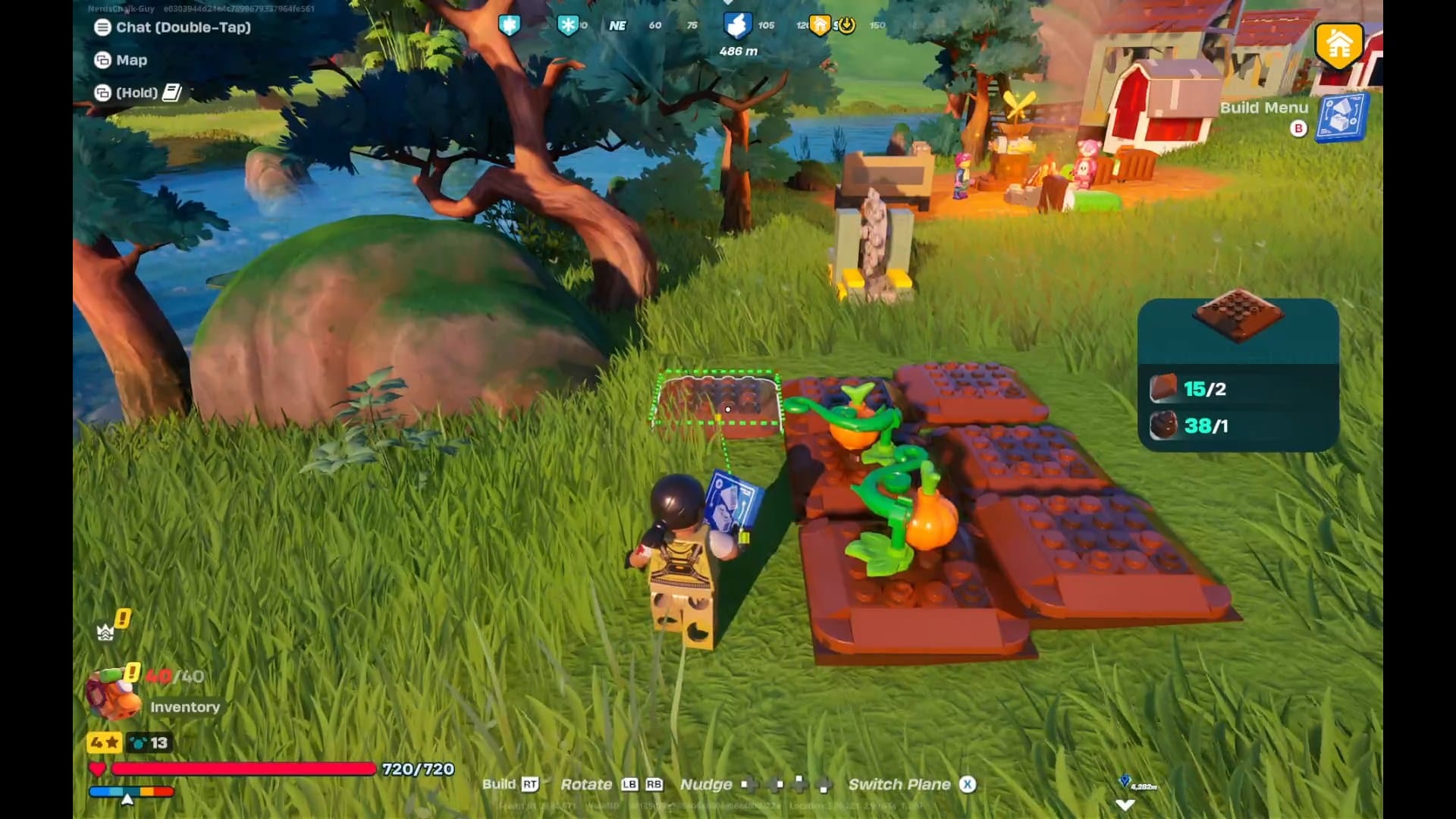
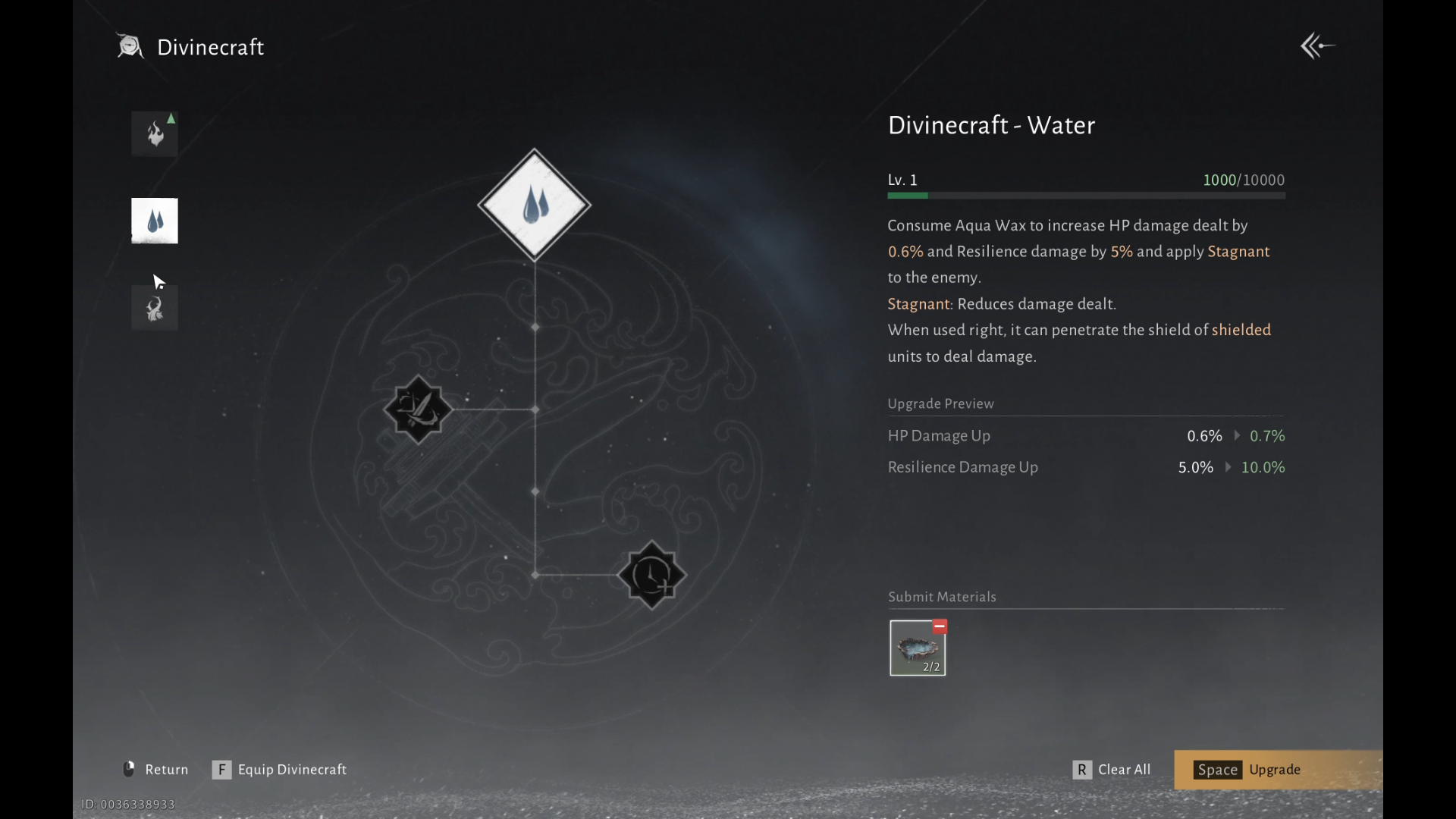







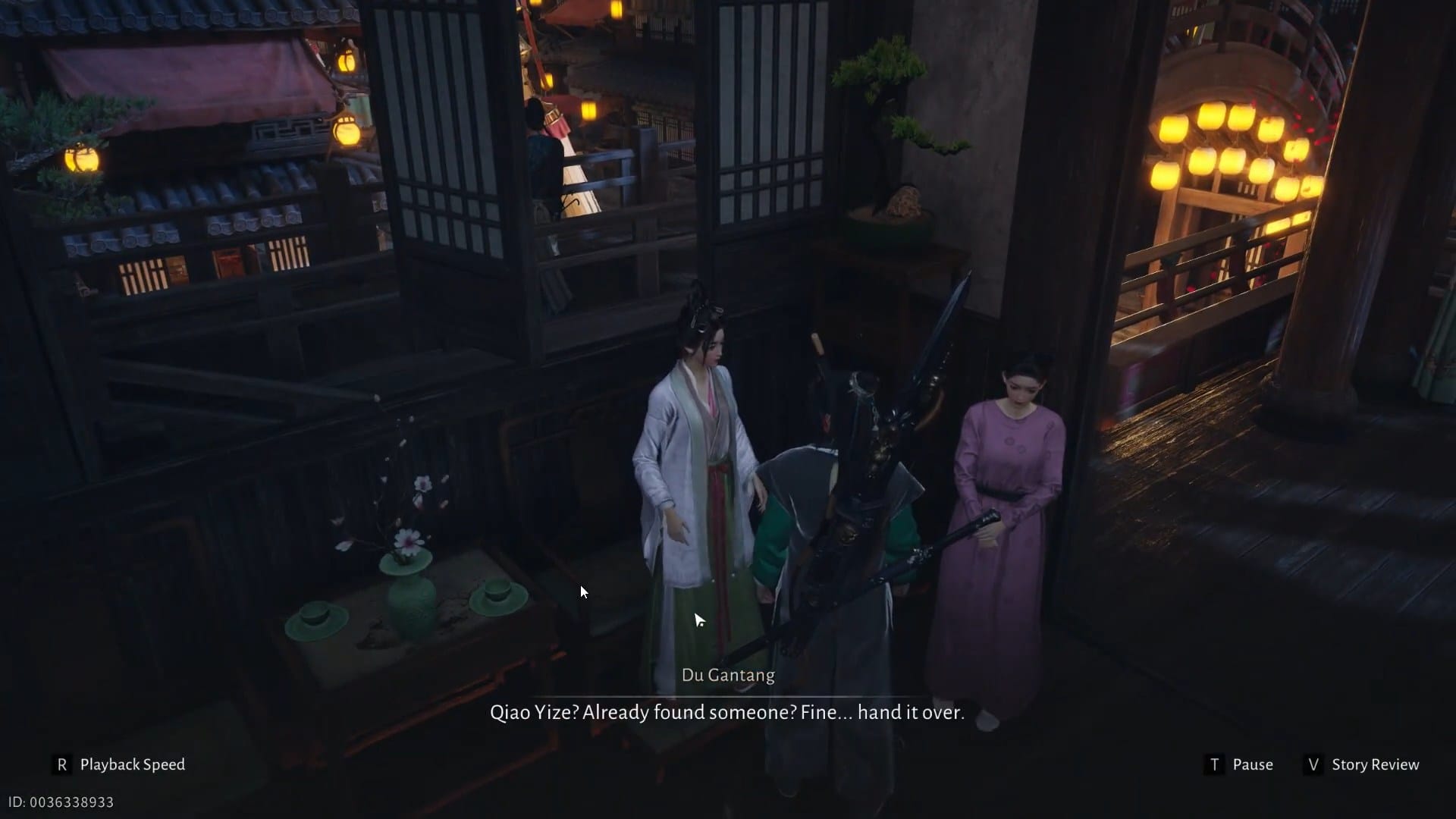

Discussion